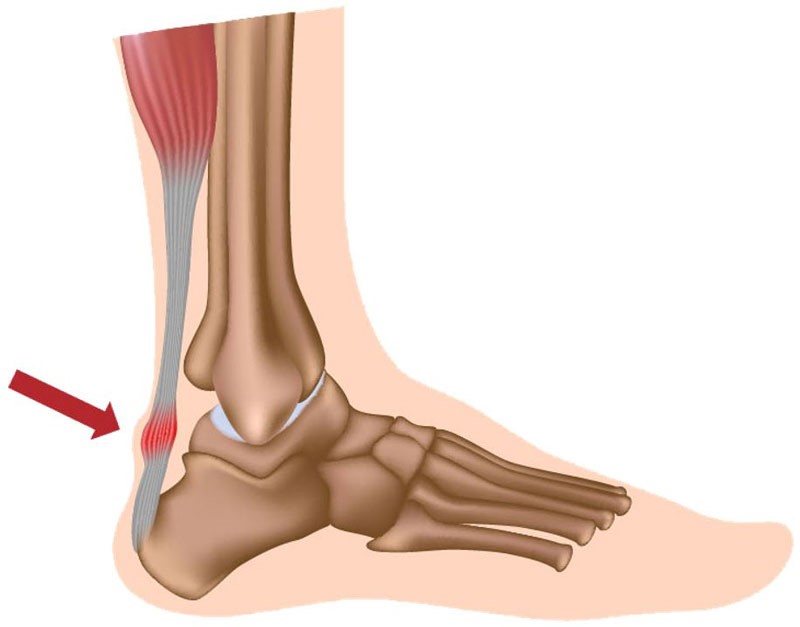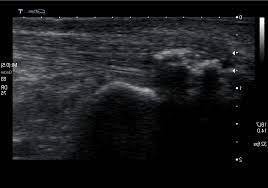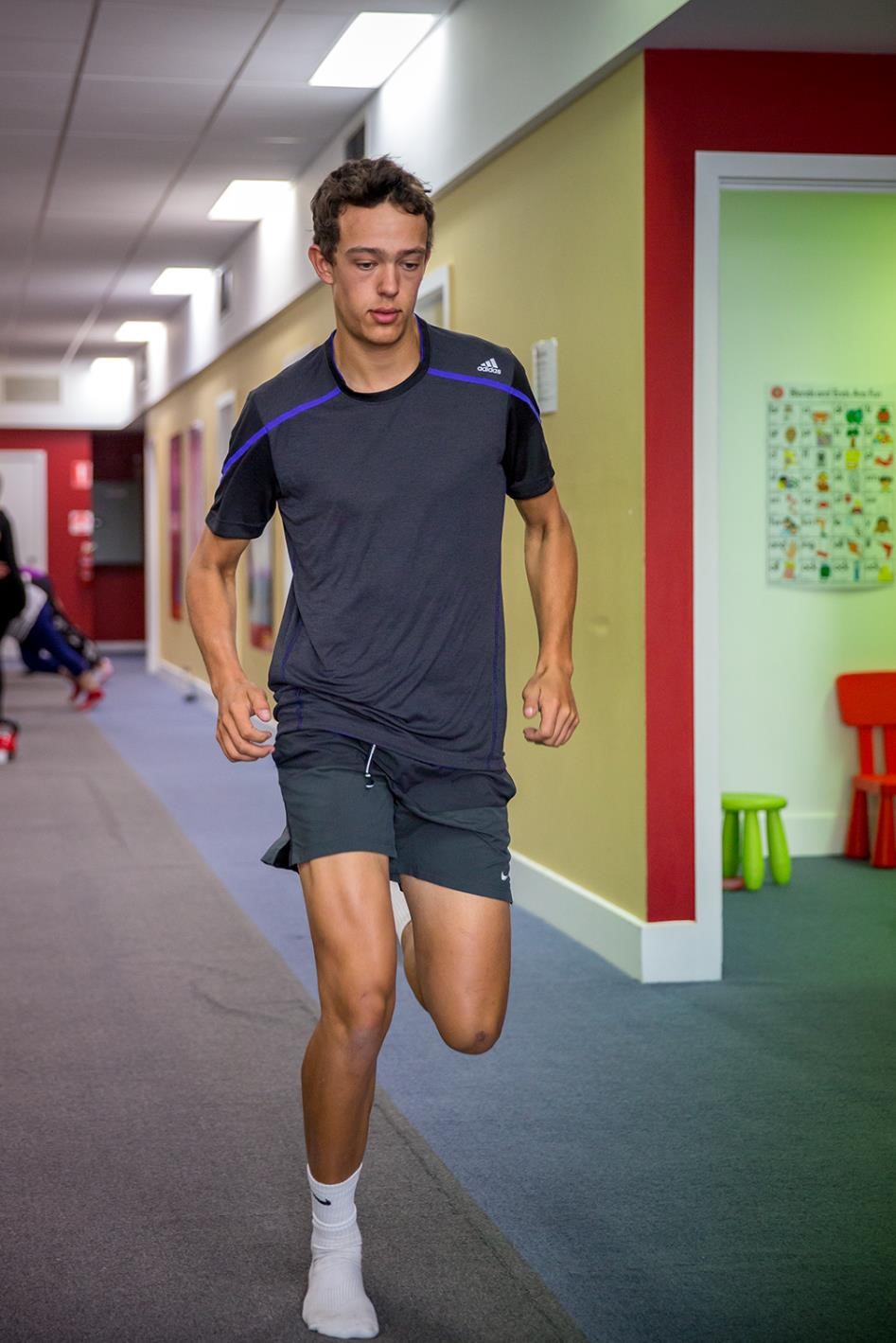Achilles Tendinopathy - Fact Sheet
What is a Achilles Tendinopathy?
Achilles tendinopathy (previous called achilles tendonitis) is an overuse injury that causes Achilles pain in active adults. This condition usually coincides with spikes in activity or exercise intensity, which causes irritation and breakdown of the Achilles tendon due to a lack of load-bearing capacity.
What causes Achilles Tendinopathy?
As mentioned above, Achilles tendinopathy usually coincides with spikes in a combination of: exercise load, intensity, duration, or frequency. The tendon is not capable of supporting this spike and becomes irritated and starts to breakdown. This can happen in people who do a lot of running and jumping as part of their sport/training.

Signs and Symptoms of Achilles Tendinopathy ?
- Pain felt in the Achilles/Heel, most commonly at the attachment of the Achilles at the bottom of the heel. It can also be sore in the middle of the tendon.
- Pain worse initially into activity but improves as the tendon “warms up”.
- Pain worse after activity, particularly in the morning
- Pain aggravated by walking, wearing high-heeled shoes, jumping/landing from jumping, direct pressure over the tendon, going up or down steps or running.
Risk factors for Achilles tendinopathy:
- Decreased calf strength (particularly if one side is weaker than the other)
- Decreased use of calves for propulsion during running
- Overweight/obesity
- Prior lower limb fracture or injury
- Taking ofloxacin (quinolone) antibiotics
.

Treatment of Achilles Tendinopathy ?
Activity modification – Reducing or modifying any aggravating activities or exercises. As a general rule, pain shouldn’t be higher than 3-4 out of 10 either during or after any given activity or exercise. If this is higher, the load/intensity of this exercise needs to be reduced.
Isometric Exercises, or ISOs – In the initial stages of rehab, Isometrics (or ISOs) of the calf muscles (namely the gastrocs and soleus muscles) can help gradually build-up load capacity again with low risk of re-injury or pain flare-ups. In fact, ISOs can also have an analgesic effect on the tendon, reducing pain immediately after the exercise. An Exercise Physiologist or Physiotherapist can help guide you on the correct dosage and intensity of your ISO exercises.
Gradual return to full activity – As pain permits, slow re-introduction into full muscle contractions of the calves, with a focus on technique. Again, pain levels should not rise to higher than 3 or 4 out of 10 when these types of exercises get introduced. Once these are more tolerable, a gradual return to full activity can start to occur. If you are returning to sport, introduction of plyometric (jumping and landing) exercises is strongly recommended.



